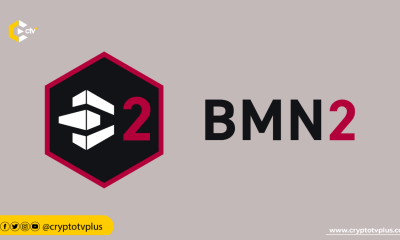News
Here are the tools that may scale the bitcoin network

Scaling bitcoin has been one challenge the blockchain community faces. In 2014, the first sidechain, Liquid, was launched as a modular system that allows devs to add features on the network without any effect on the base network (bitcoin). Adam Back, CEO of Blockstream, explained at the Bitcoin Amsterdam event. Liquid aimed to create a sidechain that relied on the activities of miners, Adam added.
Paul Sztorc, a Bitcoin Researcher, shared that his Drivechain proposal in 2015 is the only change that needs to be implemented on bitcoin to make it more compatible with sidechains. If this is done, bitcoin will not need any other upgrade as changes can be initiated on sidechains instead of bitcoin, the researcher said.
Furthermore, Adam said that one major disadvantage of sidechains is that they have trade-offs. And these tradeoffs are not really pleasant, he noted. Yet, Paul shared that despite this fault, sidechains are important for everyday users who don’t need sophisticated security for their activities.
The future of sidechains
The implementation of Simplicity on Bitcoin will enhance how the network functions, Adam explained. It’s a next-generation scripting language that was proposed by O’Connor, a staff at Blockstream, in 2012 but it is yet to be effected.
Paul also mentioned another proposal, BIP 300 that will make Bitcoin better. He added that BIP 300 is at the testnet level but has been used to clone ZCash and Ethereum.
When asked about the future of sidechains by Aaron Wirdum, a journalist and anchor of the session, Paul and Adam agreed that Bitcoin needs more innovative tools, but that will take time. And I see a future where an altcoin will compete with bitcoin, Paul added.
Read also;
Outlawing bitcoin mining. Is it possible?
Bitcoin energy consumption is less than 2% of traditional banking – report says
What do you think of this article? Share your comments below.
























